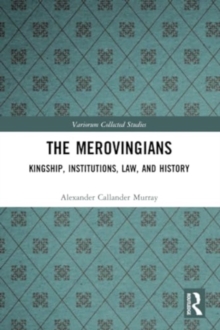
Agrarian Development and Social Change in Eastern Europe, 14th-19th Centuries Hardback
by Peter Gunst
Part of the Variorum Collected Studies series
Hardback
Description
What was 'Eastern European' about the historical development of Eastern Europe?
How is the region to be defined? And, specifically, where was Hungary to be situated in relation to it?
These are the questions underlying the studies in this volume.
In the first part, Professor Gunst sets out to analyse some of the characteristics of the economic and social history of Eastern Europe.
He then focuses on Hungary and argues that the course of its agrarian development, in particular, has since the Middle Ages been primarily shaped by the influence and military challenge from the West.
The most important factor in this, however, was the mass immigration of German peasants, which had a far-reaching impact on village and community systems, and patterns of taxation and crop rotation.
Information
-
Out of stock
- Format:Hardback
- Pages:336 pages
- Publisher:Taylor & Francis Ltd
- Publication Date:22/08/1996
- Category:
- ISBN:9780860785989
Information
-
Out of stock
- Format:Hardback
- Pages:336 pages
- Publisher:Taylor & Francis Ltd
- Publication Date:22/08/1996
- Category:
- ISBN:9780860785989










